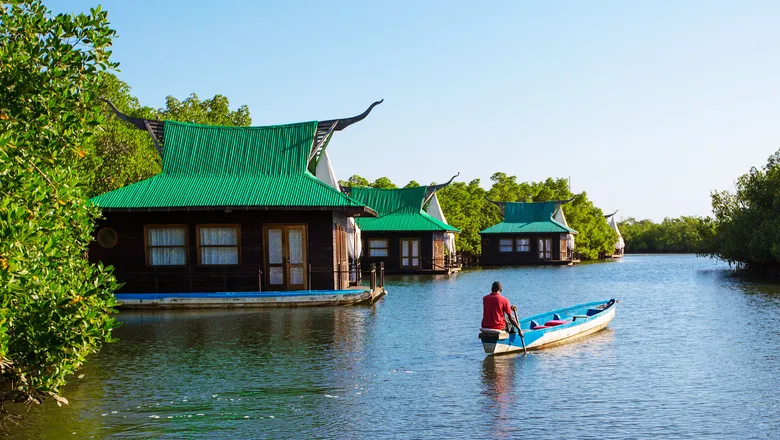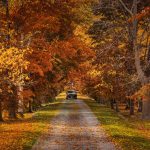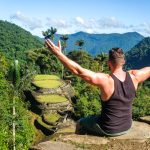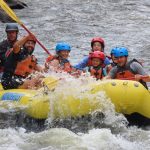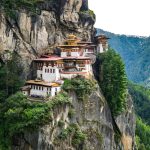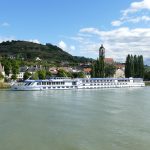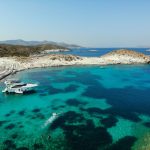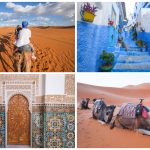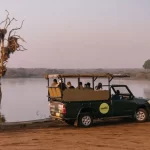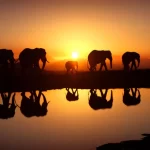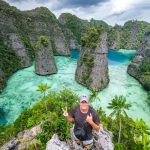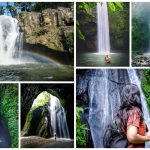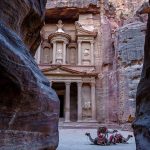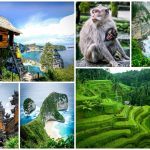Long celebrated for its beaches, The Gambia is now stepping confidently into the ecotourism spotlight. Backed by the World Bank’s Tourism Diversification and Resilience Project, the Gambia Tourism Board has launched a bold new marketing strategy positioning the country as a vibrant, nature-driven destination.
“The global travel landscape is changing, and The Gambia is evolving with it,” said Abubacarr Camara, Director of the Tourism Board. “While our coast remains a draw, we’re opening up exciting avenues in ecotourism, heritage exploration and soft adventure.”
For many first-time travelers to Africa, The Gambia offers a gentle introduction. English is the official language, making it easy to connect with locals. “It’s a perfect gateway to Africa, especially for English speakers,” said Linda Verasdal, founder of Ethical Travel Portal and long-time resident.
Just beyond the main resorts, authentic community experiences await. In Gunjur, visitors can engage with grassroots conservation efforts like the Turtle Project and a community-led plastic recycling initiative. “These projects offer real insight into how local communities are tackling global issues,” Verasdal explained.
One standout initiative is the Gambia Cotton Trail, a women-led project that traces the full lifecycle of cotton — from seed to finished textile. It’s a hands-on cultural journey linking the coast with the inland village of Njau and empowering women artisans along the way.
Accommodations like Footsteps Ecolodge in Gunjur offer an immersive stay rooted in sustainability, while inland river camps and lodges allow deeper exploration of The Gambia’s ecosystems. From river safaris and birdwatching to guided treks and village stays, visitors can enjoy rich biodiversity, including hippos, rare red colobus monkeys and more than 500 bird species.
In Janjanbureh, social enterprises such as FairPlay Gambia offer everything from kayak trips to multi-day expeditions on the River Gambia. Community-driven conservation is also flourishing here through initiatives like the Red Colobus Project, which reinvests tourism revenues into forest preservation.
Even the cruise industry is taking note, with ships from major lines now calling at Banjul and offering shore excursions focused on nature and culture.
To truly experience The Gambia, Verasdal suggests blending coastal relaxation with inland adventure. “Start with a few days by the beach, then journey upriver for wildlife, heritage and community connection. In 10 to 14 days, you’ll see a side of Africa that’s intimate, welcoming and unforgettable.”


